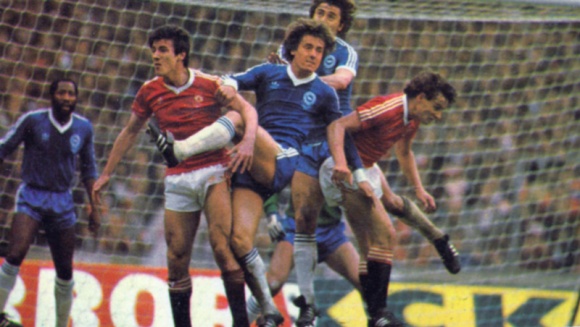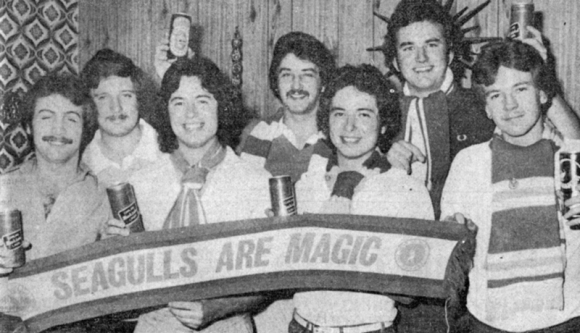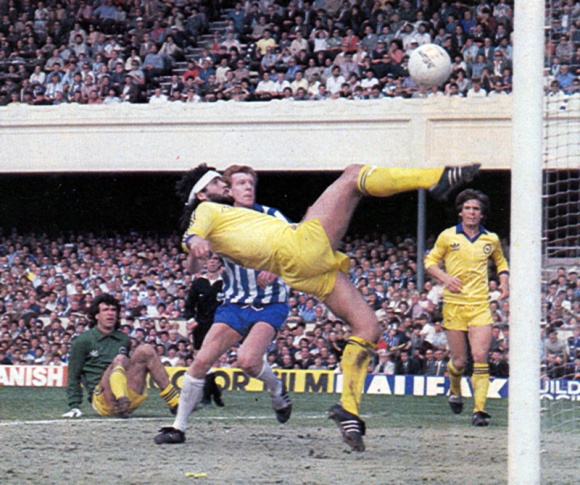Fascinating extract from this book by Peter Taylor first published in 1980:
I wish Peter Ward had signed for us earlier. I saw Ward slotting straight into Woodcock’s position, with Trevor Francis striking from midfield; everything about the deal looked right, yet everything went wrong.
I had signed Ward for Brighton from Burton Albion – a deal that came about through appointing Ken Gutteridge, Burton’s manager, as a coach at Brighton. He told me, ‘I’ve two or three players at Burton who are good enough for the Third Division. They are Ward, Corrigan and Pollard. Clubs have looked but turned them down. Now will you have a look?’ I sent my assistant manager Brian Daykin, who watched them in an away match and gave the thumbs down. Gutteridge, though, persisted and said, ‘You must rate me to have fetched me all the way from Burton to Brighton so at least give me the satisfaction of seeing these three for yourself.’
There was no answer to that, so I went to Burton and watched them in the second leg of the FA Trophy semi-final against Buxton, whose centre-half was Peter Swan, the old England player. Swan gave Ward a hard time and Burton lost, but I still thought, ‘Yes, he’ll do.’ Burton played at Maidstone four days later and I took Brian Daykin with me. He’d seen Ward once and voted no; I’d seen him once and voted yes, so it seemed a good idea to watch him together. The pitch was bad; Burton, who had turned up with a scratch side, were bad; and Ward was bad – yet he still showed a few class touches, enough to make him worth a £4,000 gamble.
Ward has scored a hat-trick for England Under-21s and had a place in the full England squad but I don’t think he’ll realise his full potential because of inconsistency. Yet I like him. He is very good with his back to goal because he can turn and lick defenders and finish. That’s a rare quality – sticking it in the net.
I thought he would be good value for Forest at £300,000, the price I agreed with Brighton chairman Mike Bamber on the night before leaving for a European Cup tie in Romania. The signing was arranged for the day after our return but, shortly after landing, I heard a story that Derby were hoping to exchange Gerry Daly, their Irish midfield player, for Ward. Efforts to contact Alan Mullery, Brighton’s manager, were unsuccessful, which made me suspicious. Then Brian, for the first time in our partnership, doubted my judgement and asked, ‘Are you right about Ward?’
I felt floored and insulted. ‘Right?’ I shouted. ”I’ve got every detail about him except his fingerprints. I’ve bought him once; I’ve played him. He’s tried and tested. I know him as well as I know you’ – and with that, I left the ground. Brian, on seeing my conviction and eagerness to complete the deal, then got in touch himself with Mullery and Bamber but found them no longer anxious to sell, because Ward was returning to form. He played at Forest in November and gave a dazzling display in Brighton’s 1-0 win. This was our first home defeat in the League for fifty-one consecutive matches, stretching back to April 1977. Mullery said afterwards, ‘You couldn’t have him for £600,000.’






























